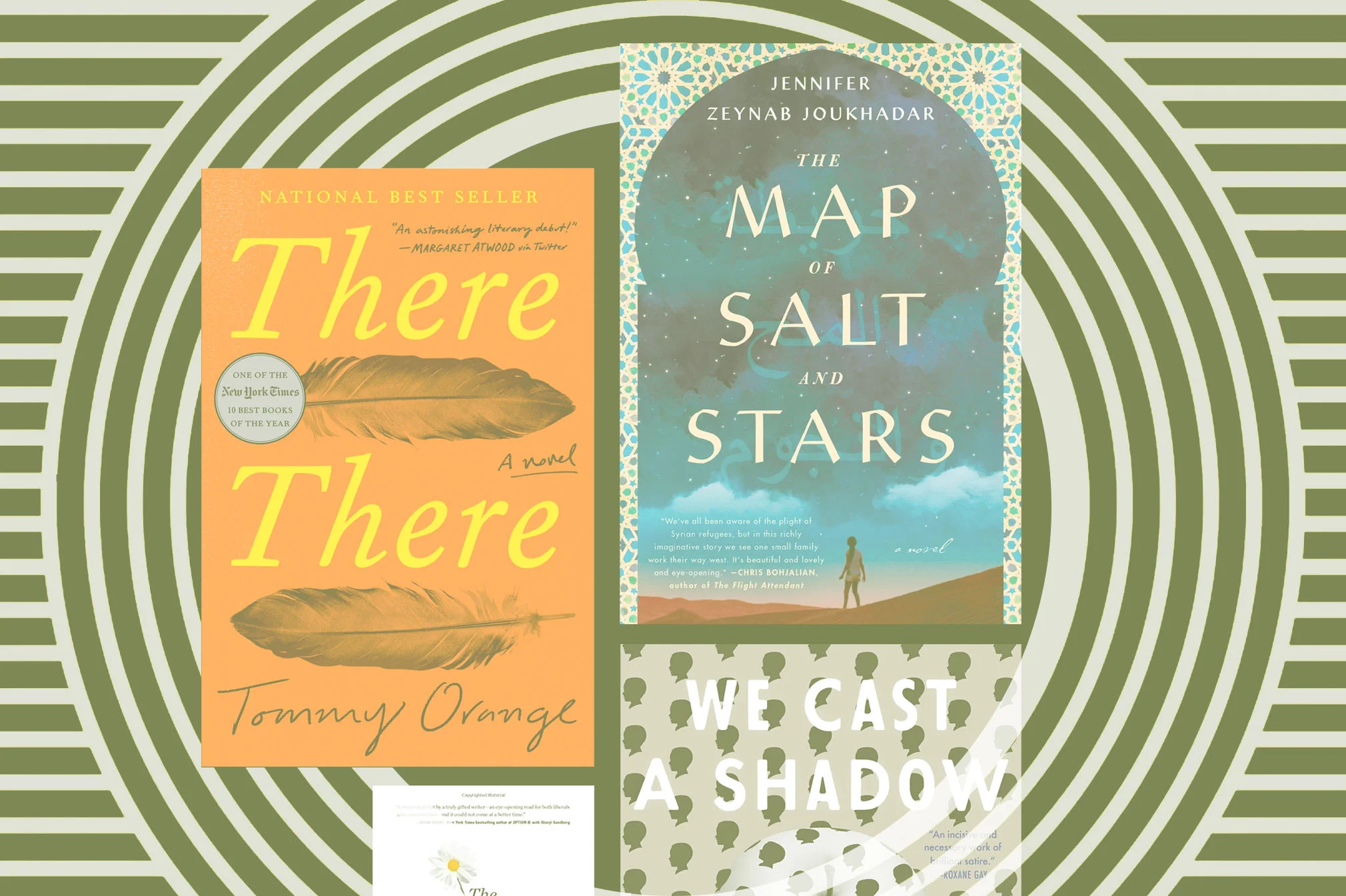Every so often, I like to share some of my recent reads that have an impact on my creative work. These are books I think other purpose driven creatives could gain from. As is typical of summer reading for me, most of what I’ve been reading lately has been novel intensive.
A Map of Salt & Stars by Zeyn Joukhadar
This book is a story within a story. It switches between the story of Nour, a twelve year old Syrian refugee fleeing with her family across Northern Africa into Spain, and the legend of Rawiya, a twelve year old girl who traveled the same route as a mapmaker. It captures the tragedy of the Syrian crisis while upholding the beauty of the Syrian story.
As it stands right now, this book may go down as my favorite read from all of 2019. That wouldn’t surprise me at all. The way such a sad story and real-world tragedy were conveyed with beauty, hope, and resilience spoke volumes. The world needs more stories like these.
The lesson for Creative Changemakers? Even though your role may call you to address some of the most horrific things happening in the world, the eyes of a child and the beauty of a culture can help remind others that there are people worthy of our support in spite of calamity.
The Opposite of Hate: A Field Guide for Repairing Our Humanity by Sally Kohn
Sally Kohn made a living as a liberal commentator on Fox News. Unsurprisingly, this line of work led her to a lot of encounters with hate. This includes both a constant stream of vitriolic hate mail sent her way, and close encounters with white supremacists and others motivated by Hate.
This book goes into some of the psychological reasons why we hate. It unpacks things like how our belonging to a certain group may make us more susceptible to biases. I loved her exploration of real world efforts to overcome hate, including amongst Rwandan genocide survivors.
Creating change almost always calls for saying hard things and that almost always invites haters and pushback. Knowing how to deal, how to diffuse, and how to carry on with dignity are extremely important.
There There by Tommy Orange
This novel is beautiful but also brutal. The ending is especially jarring and violent, not to give too much away. In this novel, several stories of different individuals are told, gradually being tied closer and closer together until said ending.
But just because a scene can go in any direction doesn’t mean that it should. Some of the most important parts of an improv scene are the rules- the shared understanding by the actors of how the scene must unfold, and the conversation with the audience just before the scene that determines what goes in it.
This book was an effective reminder of the different issues facing native and indigenous populations within the United States. All kinds of challenges were presented amidst a well told story, and it made me more curious about the populations in proximity to me that I haven’t paid enough attention.
Digital Minimalism: Choosing a Focused Life in a Noisy World by Cal Newport
I’m familiar with Cal Newport’s writing from his book Deep Work. That book is a staple on many creatives’ bookshelves and has helped so many people I know produce richer content. Digital Minimalism is Cal’s take on how to live a digital life built around your true priorities.
To be honest, I wasn’t bought into this book right from the get go. Cal’s early admission that he doesn’t really use social media made me wonder why he was the right person to write this book. But there are enough good nuggets in here to make it worth reading.
Odds are, a good amount of Creative Changemakers are online a lot as a function of their work. I know I’m on a few social networks I would’ve long deleted if not for my job. This book makes a good case for making sure your priorities dictate your activity.
We Cast a Shadow by Maurice Carlos Ruffin
This book is a little bit like a Black Mirror episode meets a Jordan Peele movie. In it, a black father has the chance to pay for his biracial son to be white. He just has to complete the tasks of participating in workplace diversity days, going on plantation tours, etc. Now you see why those comparisons make sense.
I appreciated the boldness of this read and the way the Ruffin used sci-fi elements to address real world conversations about race. So much of the book’s tone was absurdist and it functioned well as satirical commentary.
A creative take-away? That part of your brain that’s designed to ask ‘what if’ can be a powerful asset in getting people to take a second look at things that seem familiar.
Now it’s your turn. Any good reads this fall I need to get to?



